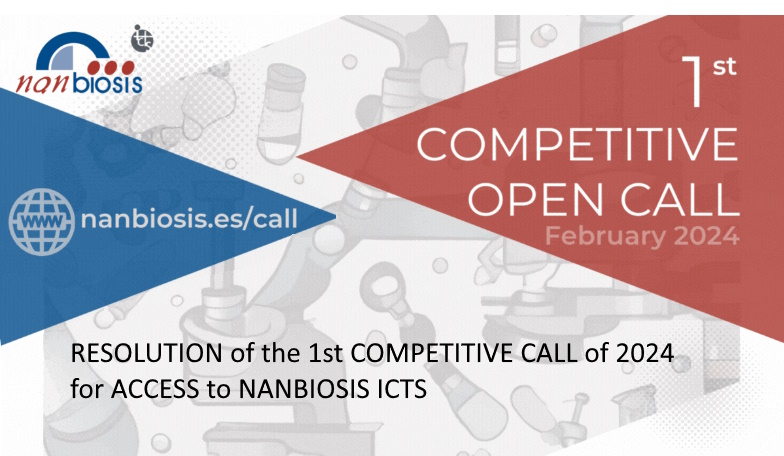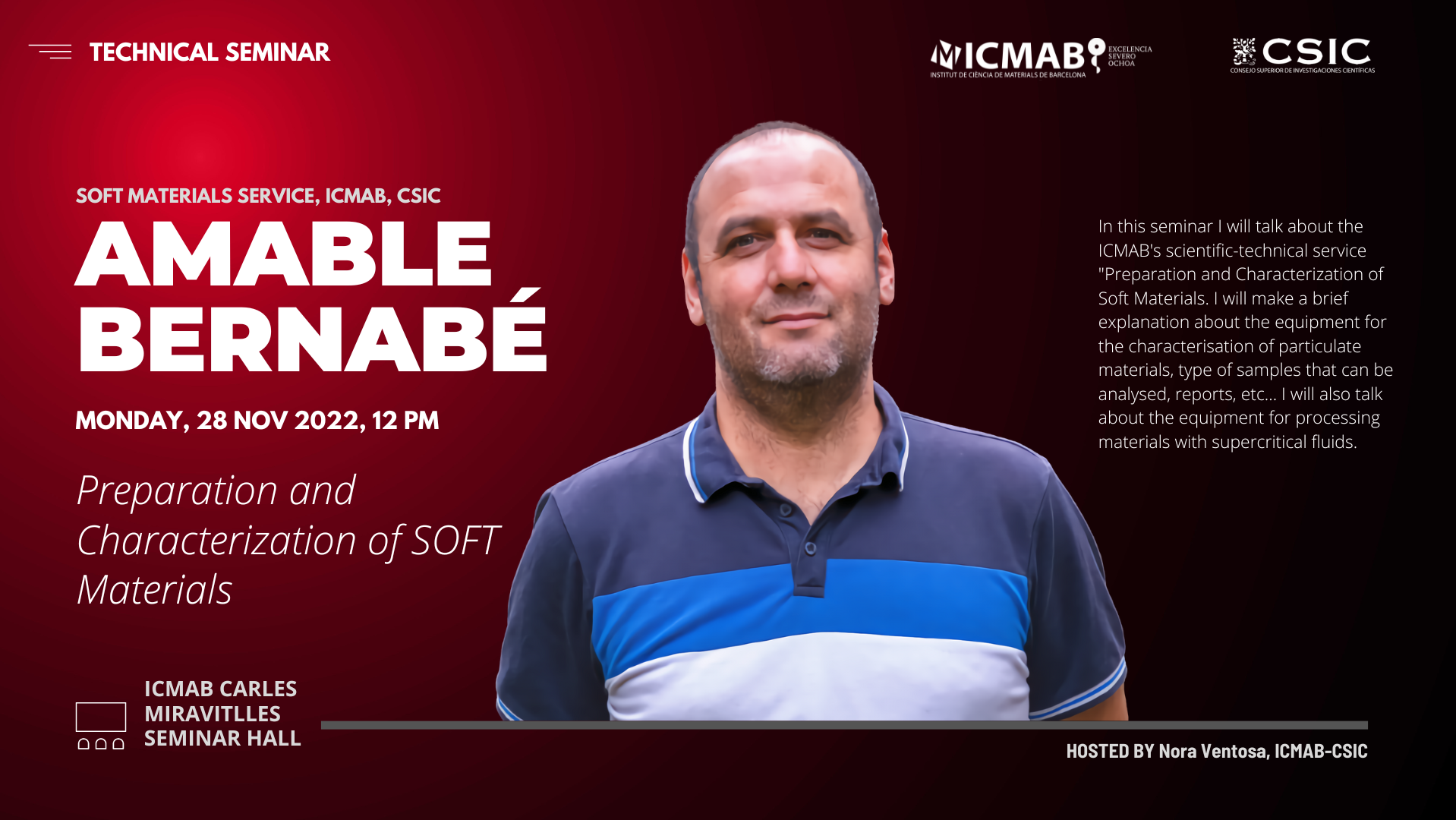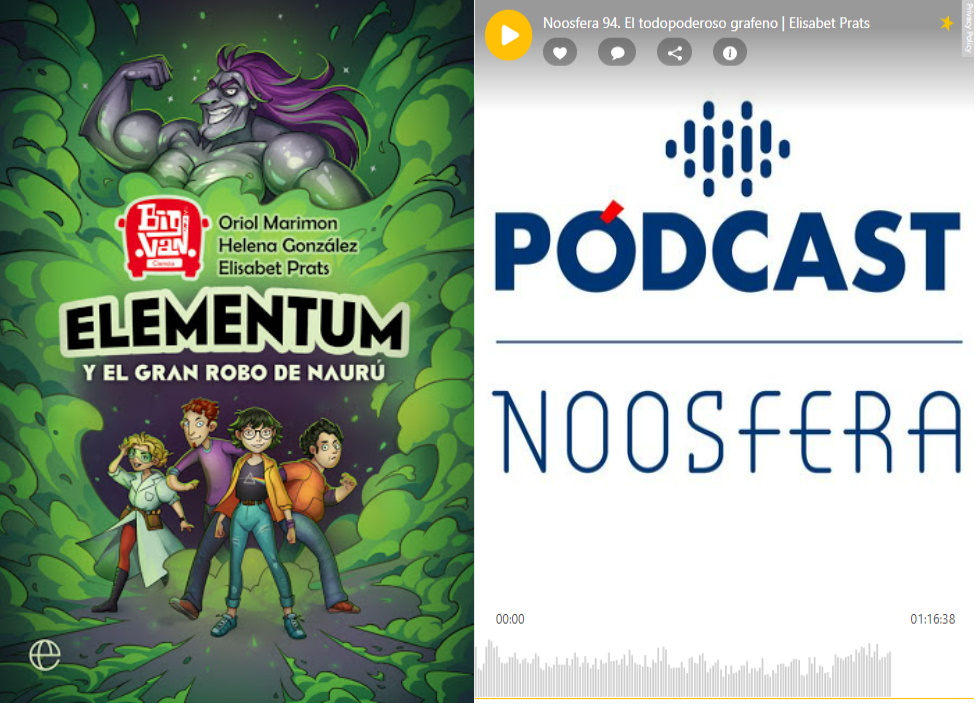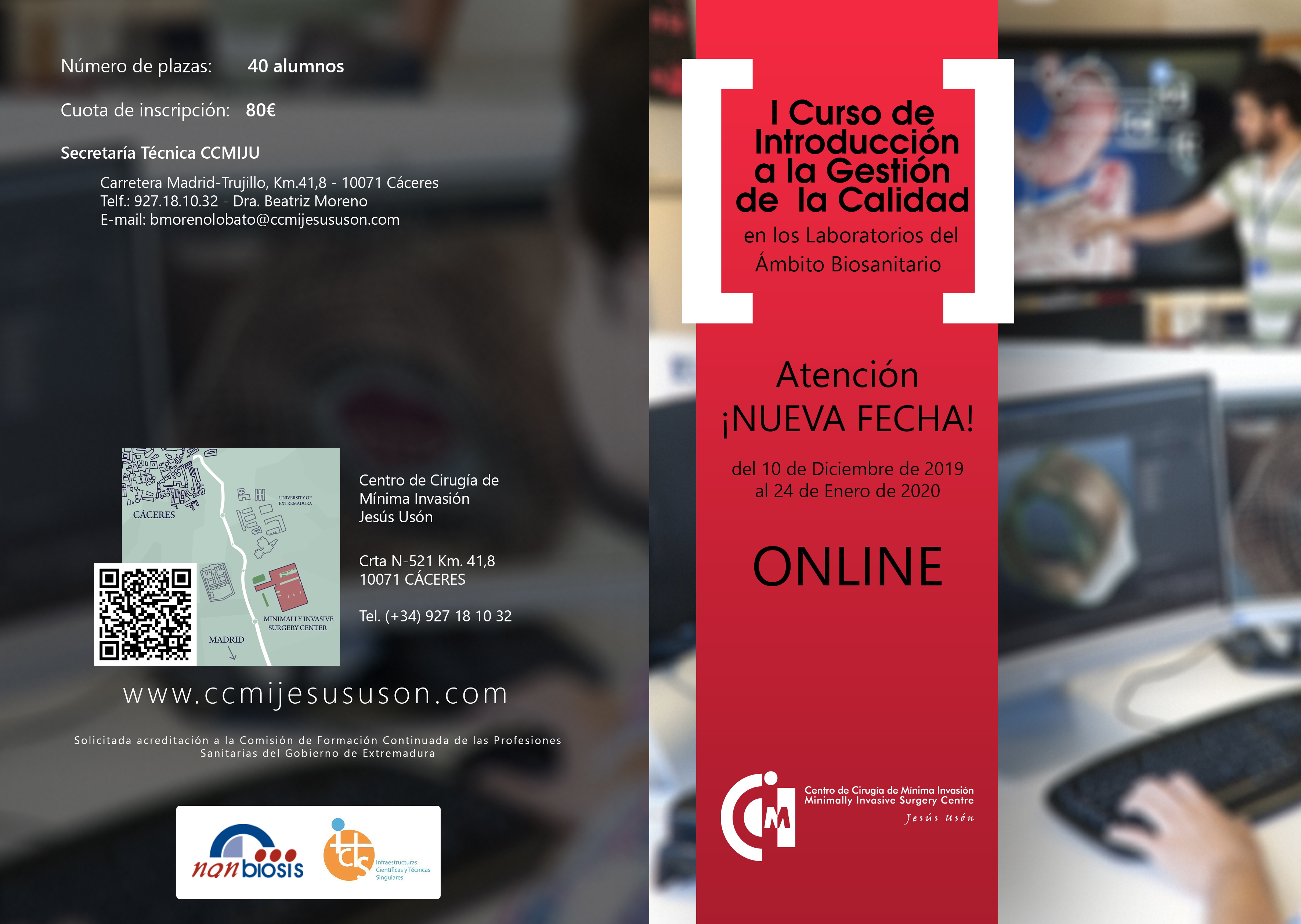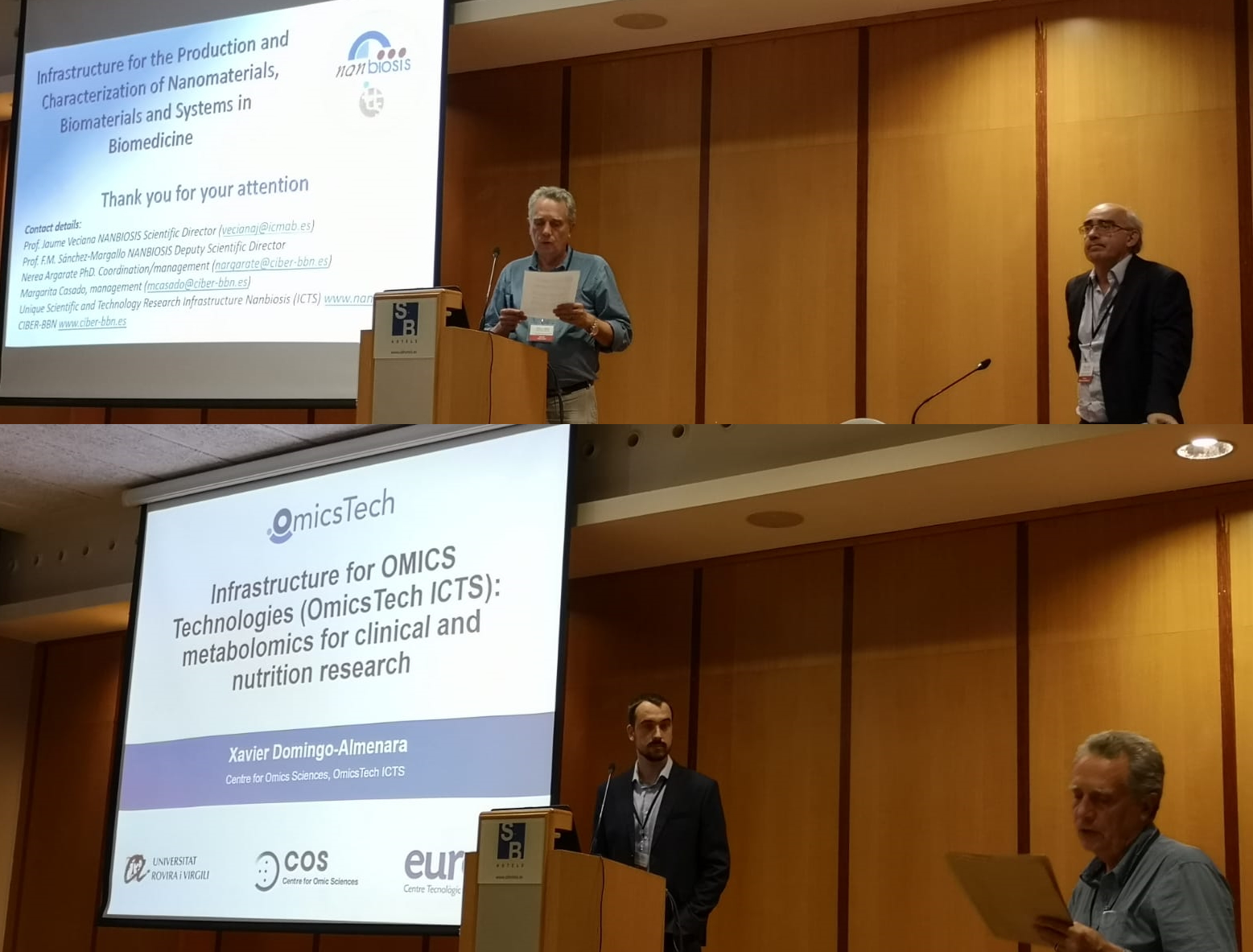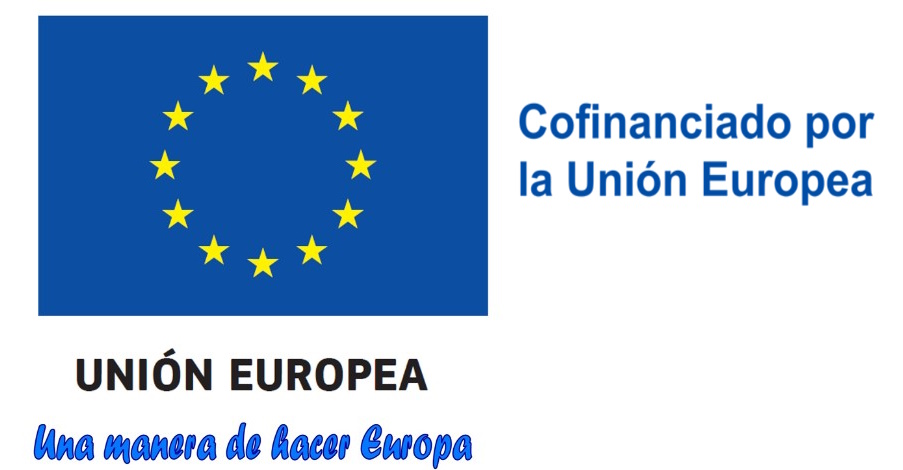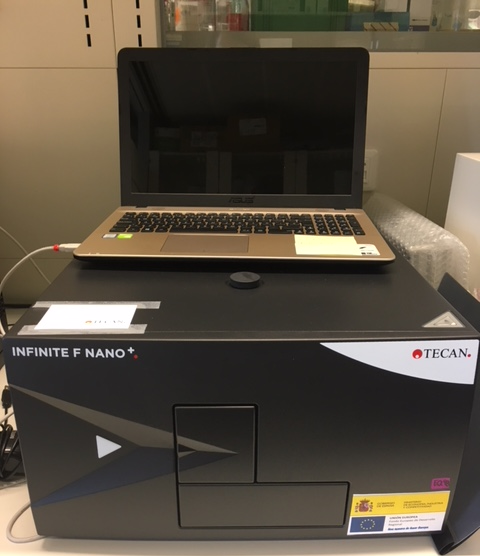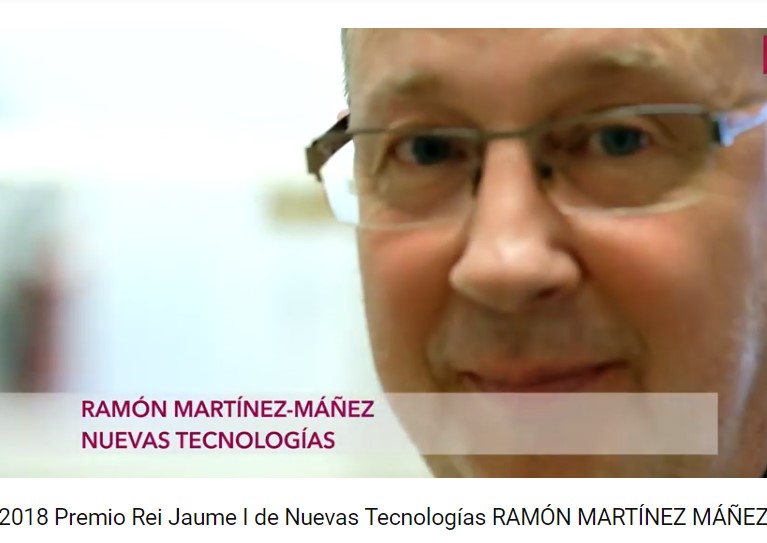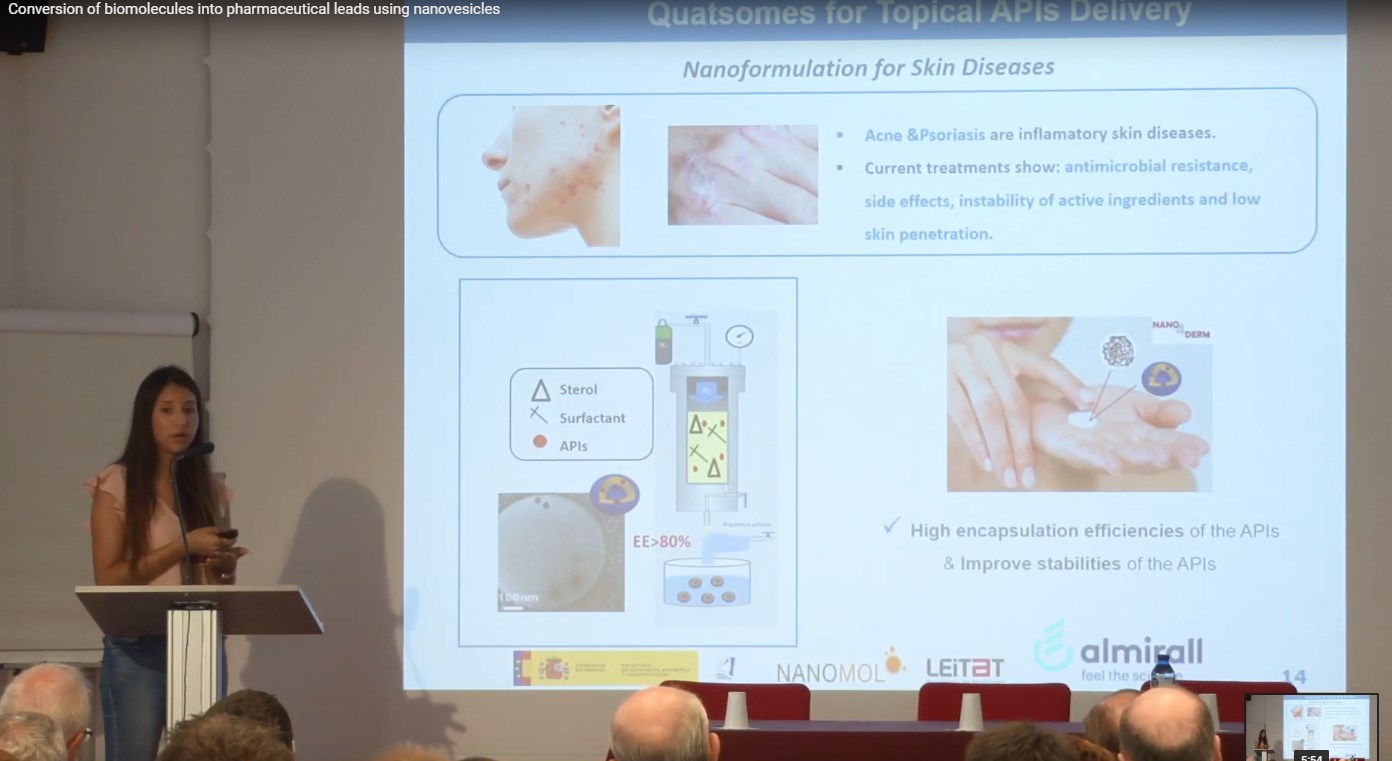Resolution of the 1st competitive call of 2024 for access to NANBIOSIS
NANBIOSIS is a Research Infrastructure for Biomedicine made up of the Platforms of the Center for Centro de Ivesntigación Biomedica en Red (CIBER- in the area of Bioengineering, Biomaterials, and Nanomedicine -CIBER-BBN), the Preclinical Infrastructure and the Development of Minimally Invasive Technologies, of the Jesús Usón Minimally Invasive Surgery Center (CCMIJU) and the Nanoimaging unit of the Biomedical Research Institute of Malaga-Nanomedicine Platform (IBIMA-BIONAND Platform).
NANBIOSIS as part of the Spanish Map of ICTS (an acronym for “Scientific and Technical Unique Infrastructures” in Spanish), approved by the Ministry of Science and Innovation, is open to all interested national and international users who may come either from the public or the private sector, and who can apply for access under the “Competitive Open Access” or “Access on Demand” modalities.
The 20% of the NANBIOSIS Units’ capacity is granted on the Competitive Open Access modality and will be prioritized according to scientific and technical quality and singularity of the applictions.
Consult the Resolution and details here
Related News:
